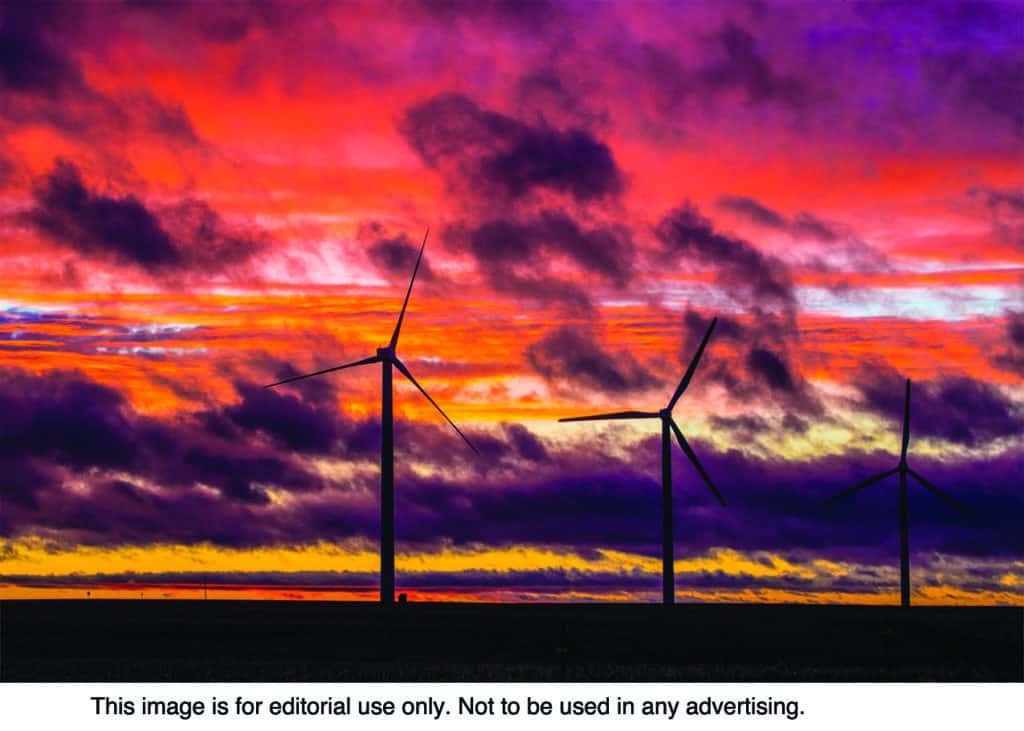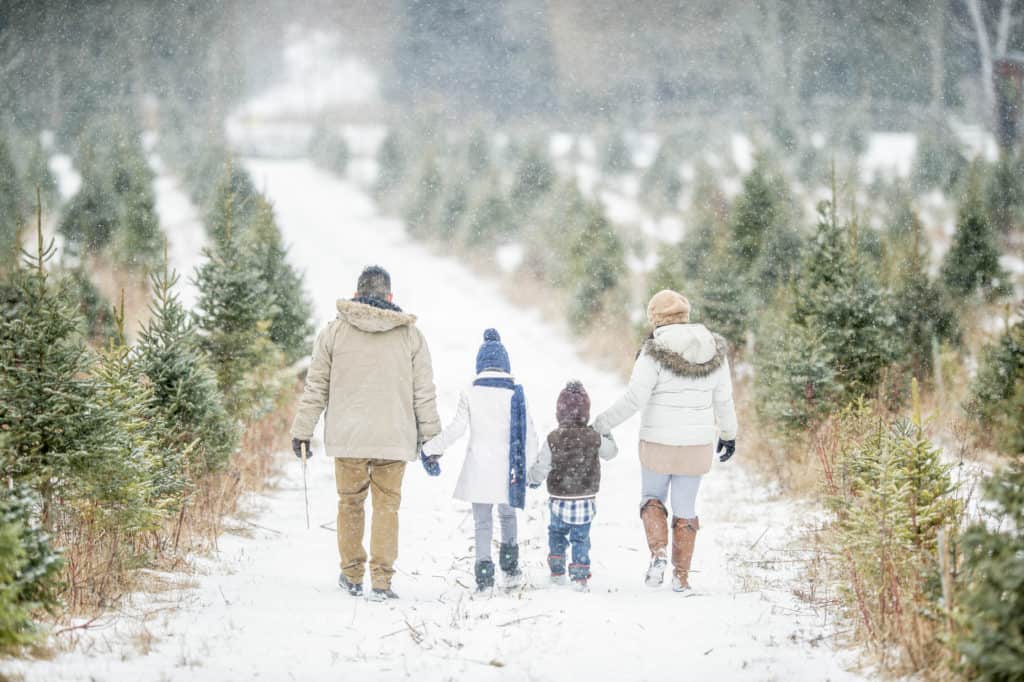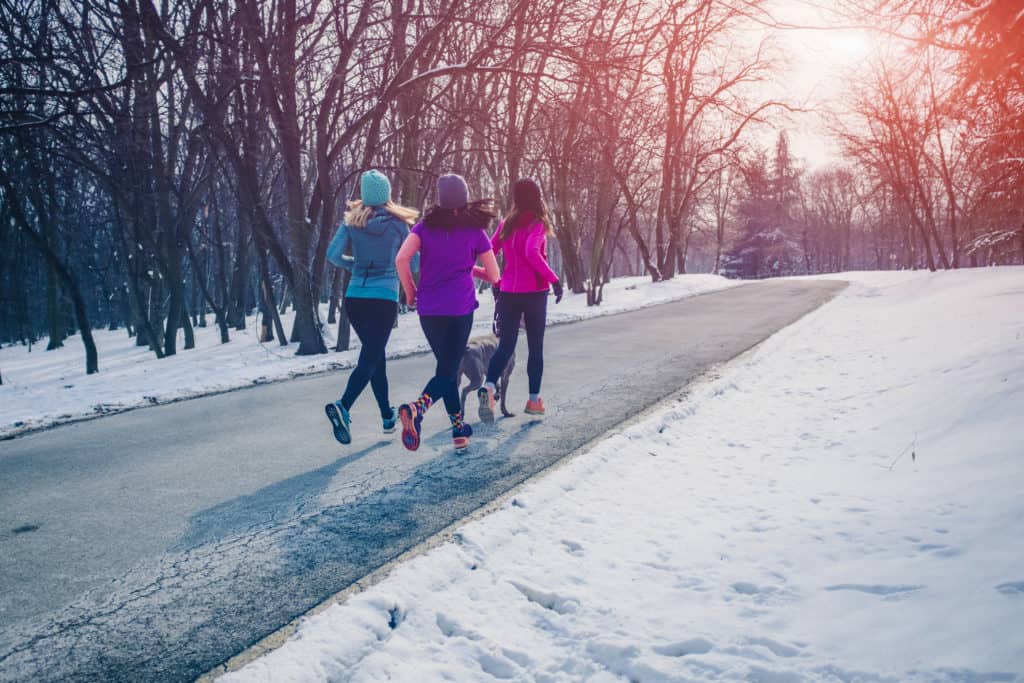
Daylight saving time comes to an end each fall, at a time when the hours of available sunlight already are beginning to decline.
Some people are more accustomed to darkness than others. Norwegians, Swedes and people living in Alaska and the upper reaches of Canada near or above the Arctic Circle go through a period when winters are especially dark. Fairbanks, Alaska, gets just three hours and 42 minutes of sunlight on the Winter Solstice. Those in Barrow, Alaska, will endure 67 days of darkness, according to Alaska.org. Residents of Seattle, which is even farther north than cities such as Fargo, North Dakota, or Portland, Maine, deal with more darkness than those living outside the city may know.
Although much of the rest of North America doesn’t experience such profound periods of darkness, when the darkness of fall and winter arrives, it can be difficult to maintain a positive outlook. Borrowing some of the coping mechanisms relied on in northern latitudes can help many people to see the dark in a different light.
Be aware of SAD. Seasonal Affective Disorder, or SAD, is defined by the Mayo Clinic as a type of depression that’s related to seasonal loss of daylight, beginning and ending at about the same times each year. Symptoms tend to start in the fall and continue into the winter, sapping energy and making a person feel moody. As with other types of depression, SAD can get worse and lead to severe problems if left untreated. Light treatment, talk therapy and medication can help people who are susceptible to SAD.
Make daylight hours count. Spend time outdoors while the sun is bright in the sky. Make an effort to switch your schedule if work interferes with getting outdoors, even if all that can be managed is an outdoor walk at lunch. Sit by a bright window and soak up rays whenever possible.

Celebrate winter activities. Go skiing, snowboarding, outdoor ice skating, or snowshoeing. Look forward to winter for what can be done, rather than what can’t.
Socialize more often. Instead of holing up indoors alone, frequent the places that become indoor gathering spots for locals. These can include coffee houses, breweries, restaurants, or even the local church. Plan more social occasions with friends and families so everyone can collectively shoo away the winter blues.
Exercise more. Use the darker hours as an excuse to exercise more, be it at the gym or outside. The Mayo Clinic says that exercise and other types of physical activity can relieve anxiety and depression, lifting an individual’s mood as a result.
Light a fire. Set the kindling ablaze in a fire pit, fireplace or woodburning stove, or just light a handful of candles. Flames can be soothing and less harsh on the eyes than artificial light.
Fall and winter darkness does not have to send a person into the doldrums if he or she embraces the right attitude.





